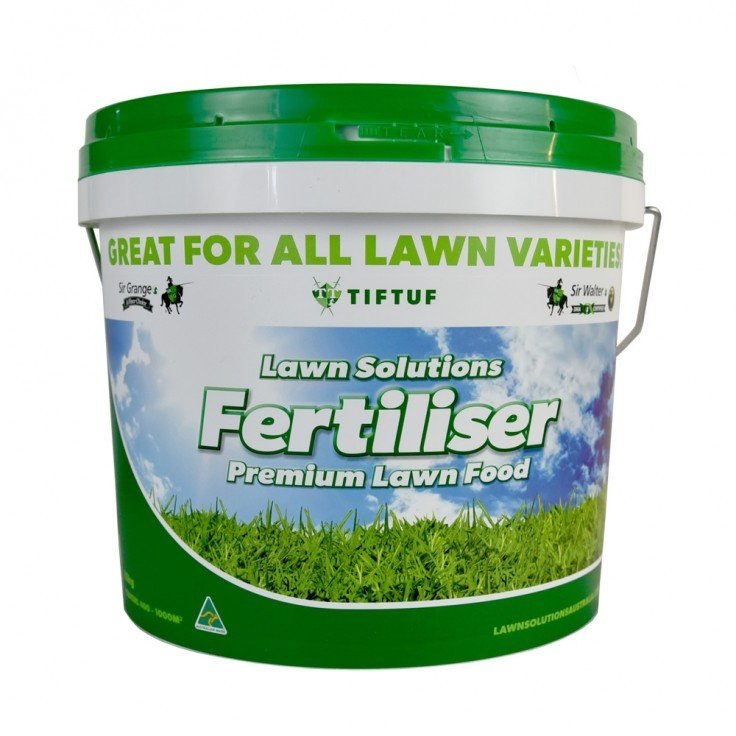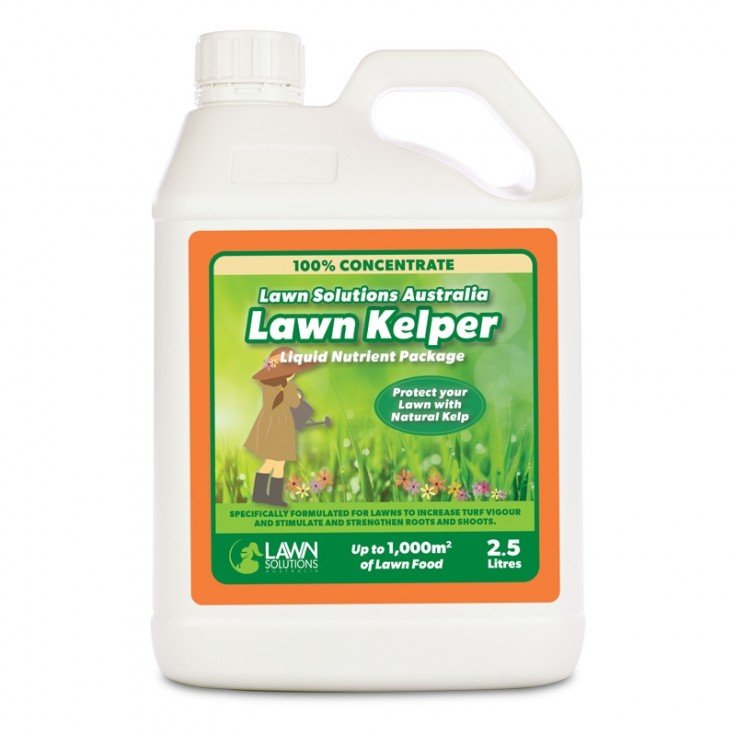How to Revive Your Lawn for Summer
The wet start to spring and summer has caused a slower start to your lawns growing season. In this blog, we share a few lawn care tips on how you can help get your lawn back in health for the warmer months.
Aeration
Aeration is the process of decompacting your soil profile to allow air, water, and nutrients to travel down into the soil base. As we have had months of wet weather, your lawns soil base may have become compacted and waterlogged. By aerating your lawn, you will help allow this excess moisture to travel further down into the soil, helping your turf dry out faster.
For aerating smaller areas, use a garden fork or tyne aerator. When using a garden fork, drive it into the ground and wriggle it back and forward. This will help break up the soil profile. Repeat this across the whole lawn, inserting the fork around 8-10 cm apart.
Larger areas are more suited to a motorised aerator. These can be hired and will be more time and labour friendly.
Please have a look at our blog on aerating for more information here.
Sunlight
As this winter has been particularly wet, our lawns have had much more water both in the soil base and on top of the turf than in previous years. If your area is shaded by any trees, foliage, or shrubs and has struggled to dry out we recommend running these back regularly to allow more sun to the lawn. This will help the soil of your lawn dry out quicker and will also help aid in your lawn bouncing back faster this summer.
Hydrophobic soil
If you notice the lawn is showing signs of being hydrophobic, where the water is being repelled by the soil and pooling rather than absorbing quickly, then a wetting agent application will help with this. A product like Lawn Soaker is ideal.
Regular mowing
As the warm summer weather starts back up, your lawn will start actively growing again. This means your lawn will be able to start to recover at a faster rate if damage has occurred. But with this extra growth comes more mowing.
When mowing, it is best to remove at most one-third of the leaf with each pass. This will help avoid causing extra stress to the lawn and will help avoid scalping.
Here are some of our top mowing tips to ensure you are getting the best cut:
Keep your mower blades nice and sharp. If they are blunt or damaged, it is best to look at replacing them.
Mow when the lawn is dry
Don’t mow during the heat of the day
Keep a consistent pace
Fertilising your lawn
With the extended wet weather, nutrients in the soil can be leached and travel down into the subsoil and rock. This makes it unavailable for your lawn to use. When this occurs, it is important to replace these lost nutrients.
To help replace these nutrients, we recommend applying a balanced NPK fertiliser like our Lawn Solutions Premium Fertiliser as well as apply a soil conditioner like Lawn Kelper. This will help give your lawn the correct balance of nutritional requirements to help your lawn maintain an even growth pattern.




